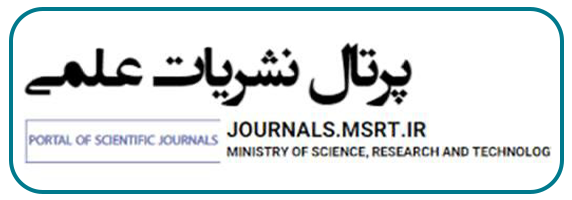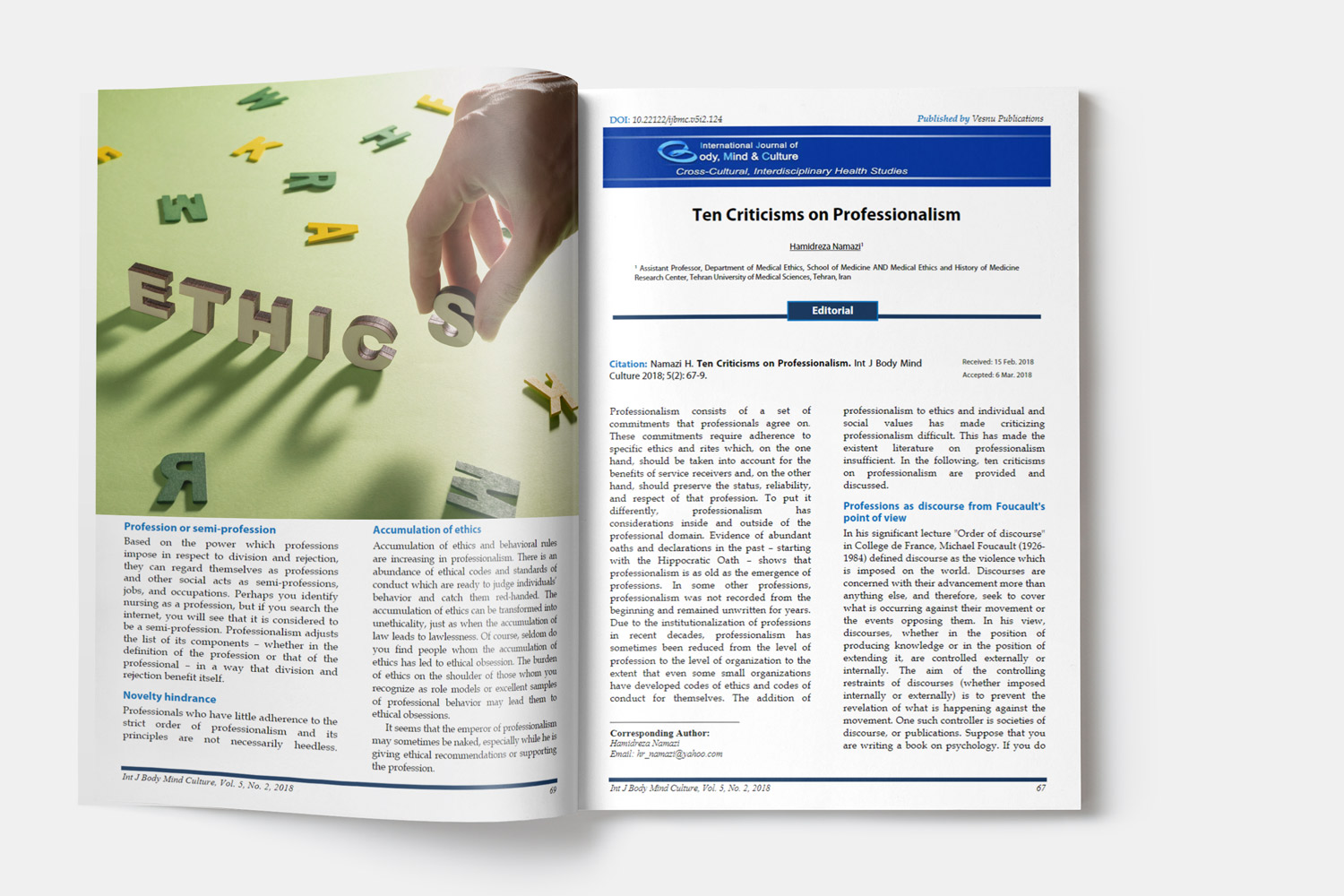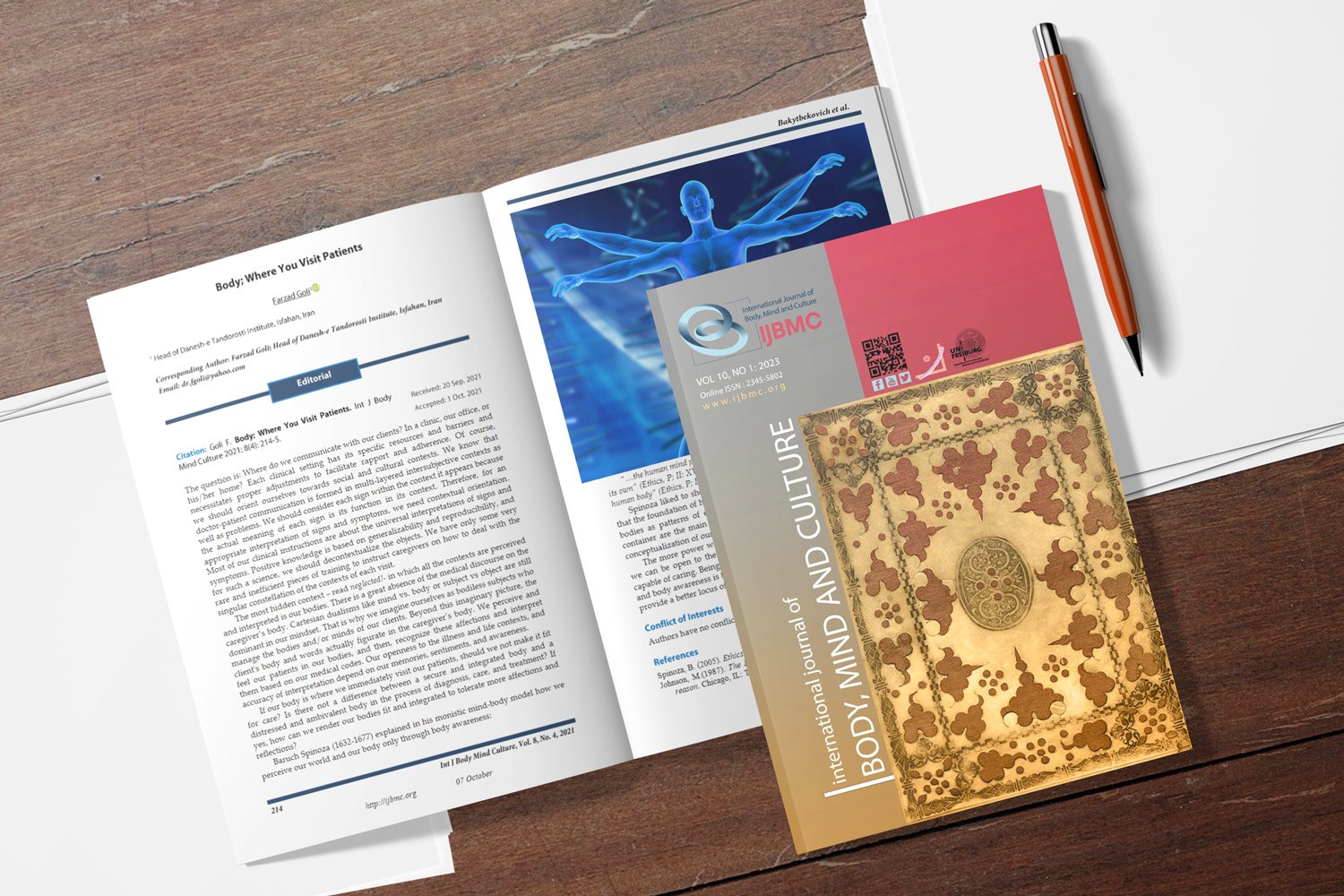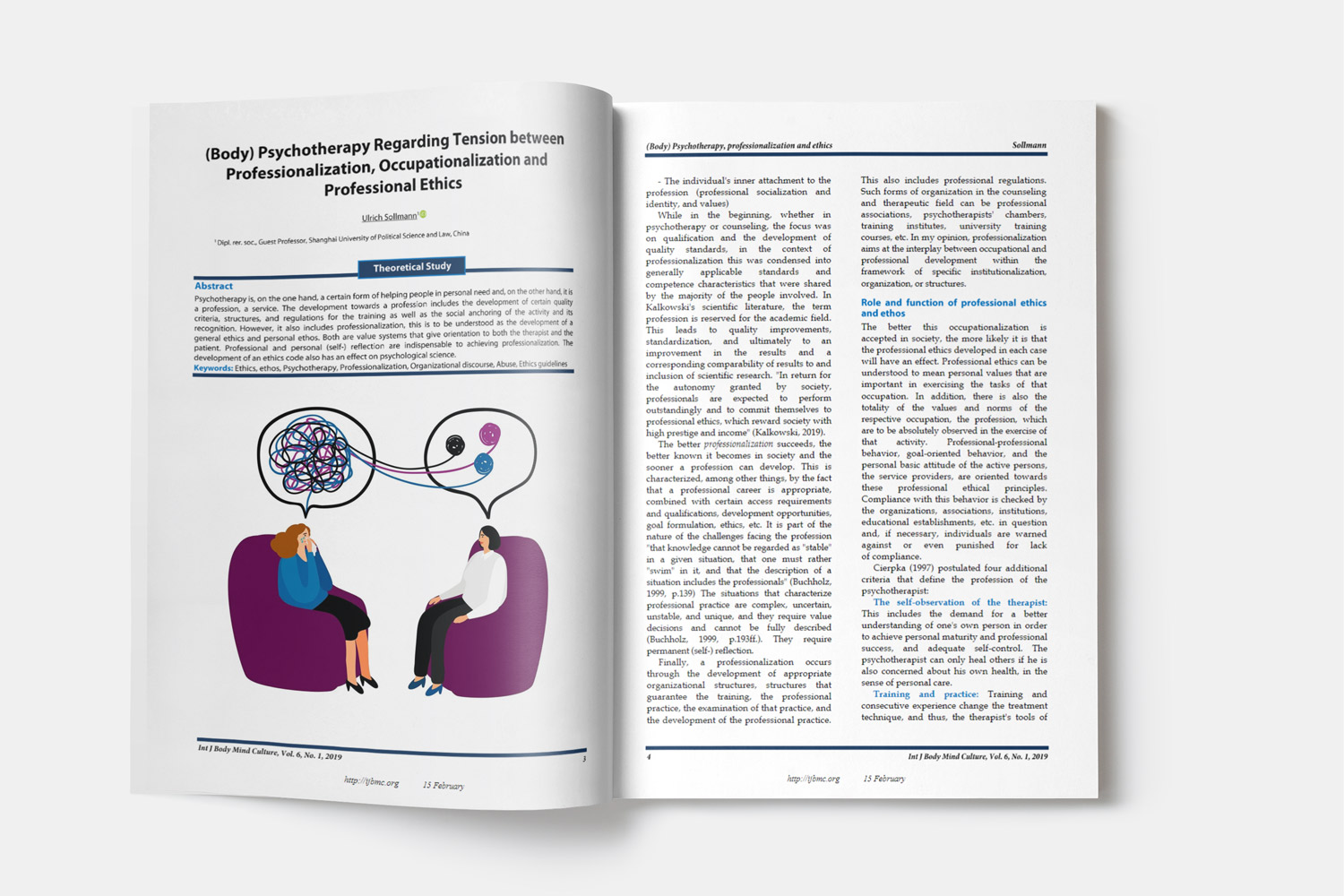A Sociopragmatic Contrastive Analysis of Compliment Responses between Native American and Native Persian Chatters – A Web-Based Study
Downloads
Background: Online social networking has reduced the distance between people with different languages and cultures through allowing individuals in distant geographical locations to form interpersonal relationships. Adopting the Internet as the medium for online interactions, the current study aimed to compare and contrast Native American and Persian speakers’ compliment responses in this environment.
Methods: Data were collected from online social networks by saving archived conversations of 15 chat participants who were selected through snowball sampling from each group of English and Persian chat users. The conversations were produced from January 2009 to May 2012. The compliment exchanges made by the two groups were examined and contrasted with each other in terms of compliment response strategies.
Results: Chi-square test and z-score results indicated that the two groups of participants differed significantly in adopting strategies for responding to compliments.
Conclusion: American speakers employed acceptance significantly more than Persian speakers. This is while Persian chat participants used self-praise avoidance significantly more than their American counterparts. Comparing the results of the study with other studies on compliment responses realization, it is suggested that communicative acts which take place in anonymous social networks mirror the cultural values of the language community of text-talk users and the medium of interaction did not restrict participants' cultural preferences in complimenting responses. However, they used some text-talk features in the online environment which indicates the need for using compensatory strategies due to the mode of interaction.Downloads
Anderson, J. F., Beard, F. K., & Walther, J. B. (2010). Turn-taking and the local management of conversation in a highly simultaneous computer-mediated communication system. Language@Internet, 7(7), 1-28.
Baba, J. (1996). A study of interlanguage pragmatics: Compliment responses by learners of Japanese and English as a second language [Thesis]. Austin, TX: University of Texas.
Baek, G. (1998). A cross-cultural study of compliments and compliment responses in English and Korean [PhD Thesis]. Seoul, South Korea: Seoul National University.
Brown, P., Levinson, S. C., Levinson, S. C., C, S., Gumperz, J. L., Gumperz, J. J. et al. (1987). Politeness: Some universals in language usage. Cambridge, UK: Cambridge University Press.
Chen, R. (1993). Responding to compliments: A contrastive study of politeness strategies between American English and Chinese speakers. Journal of Pragmatics, 20(1), 49-75.
Crystal, D. (2001). Language and the Internet. Cambridge, UK: Cambridge University Press.
Downes, W. (1998). Language and society. Cambridge, UK: Cambridge University Press.
Heidari-Shahreza, M. A., Vahid Dastjerdi, H., & Marvi, S. (2011). Discoursal variation and gender: the case of compliment responses among male and female Persian speakers. Mediterranean Journal of Social Sciences, 2(3), 159-168.
Herbert, R. (1986). Say "Thank You" - or something. American Speech, 61(1), 76-88.
Herbert, R. (1990). Sex-based differences in compliment behavior. Language in Society, 19(2), 201-224.
Herbert, R. K., & Straight, H. S. (1989). Compliment-rejection versus compliment-avoidance: Listener-based versus speaker-based pragmatic strategies. Language & Communication, 9(1), 35-47.
Holmes, J. A. N. E., & Brown, D. F. (1987). Teachers and students learning about compliments. TESOL Quarterly, 21(3), 523-546.
Holmes, J. (1988). Paying compliments: A sex-preferential politeness strategy. Journal of Pragmatics, 12(4), 445-465.
Jucker, A. H. (2009). Speech act research between armchair, field and laboratory: The case of compliments. Journal of Pragmatics, 41(8), 1611-1635.
Ye, L. (1995). Complimenting in Mandarin Chinese. In G. Kasper (Ed.). Language. Honolulu, Hawaii: Second Language Teaching & Curriculum Center, University of Hawaiʻi at Manoa.
Levinson, S. C., Hattaway, M., Levinson, S. C., Anderson, S. R., Bresnan, J., Comrie, B. et al. (1983). Pragmatics. Cambridge, UK: Cambridge University Press.
Motamedi, S., Biria, R. (2013). A Sociopragmatic contrastive analysis of online interactions and its implications for fostering EFL learners' pragmatic awareness. [MSc Thesis]. Isfahan, Iran: Khorasgan Branch, Islamic Azad University.
Pomerantz, A. N. I. T. (1978). Compliment responses: Notes on the co-operation of multiple constraints. In J.I.M. Schenkein (Ed.), Studies in the organization of conversational interaction (pp. 79-112). New York, NY: Academic Press.
Pomerantz, A. (1985). Agreeing and disagreeing with assessments: Some features of preferred/dispreferred turn shapes. In J.M. Atkinson (Ed.), Structures of Social Action (pp. 57-101). Studies in Emotion and Social Interaction. Cambridge, UK: Cambridge University Press.
Sharifian, F. (2005). The Persian cultural schema of shekasteh-nafsi: A study of compliment responses in Persian and Anglo-Australian speakers. Pragmatics and Cognition, 13(2), 337-361.
Tran, G. Q. (2006). The Nature and conditions of pragmatic and discourse transfer investigated through naturalized role-play. Muenchen, Germany: Lincom Europa.
Wang, Y., & Tsai PH. (2003). An Empirical Study on Compliments and Compliment Responses in Taiwan Mandarin Conversation. Concentric: Studies in English Literature and Linguistics, 29(2), 118-156.
Werry, C. (1996). Linguistic and interactional features of internet relay chat. In S. Herring (Ed.), Computer-Mediated communication: linguistic, social and cross- cultural perspectives (pp. 47-64). Philadelphia, PA: J. Benjamins.
Wolfson, N., & Manes, J. (1980). The compliment as a social strategy. Paper in linguistics, 13(3), 391-410.
Yousefvand, Z. (2010). Study of compliment speech act realization patterns across gender in Persian. Arizona Working Papers in SLA & Teaching, 17, 91-112.
Yu, M. C. (2004). Interlinguistic variation and similarity in second language speech act behavior. Modern Language Journal, 88(1), 102-119.















